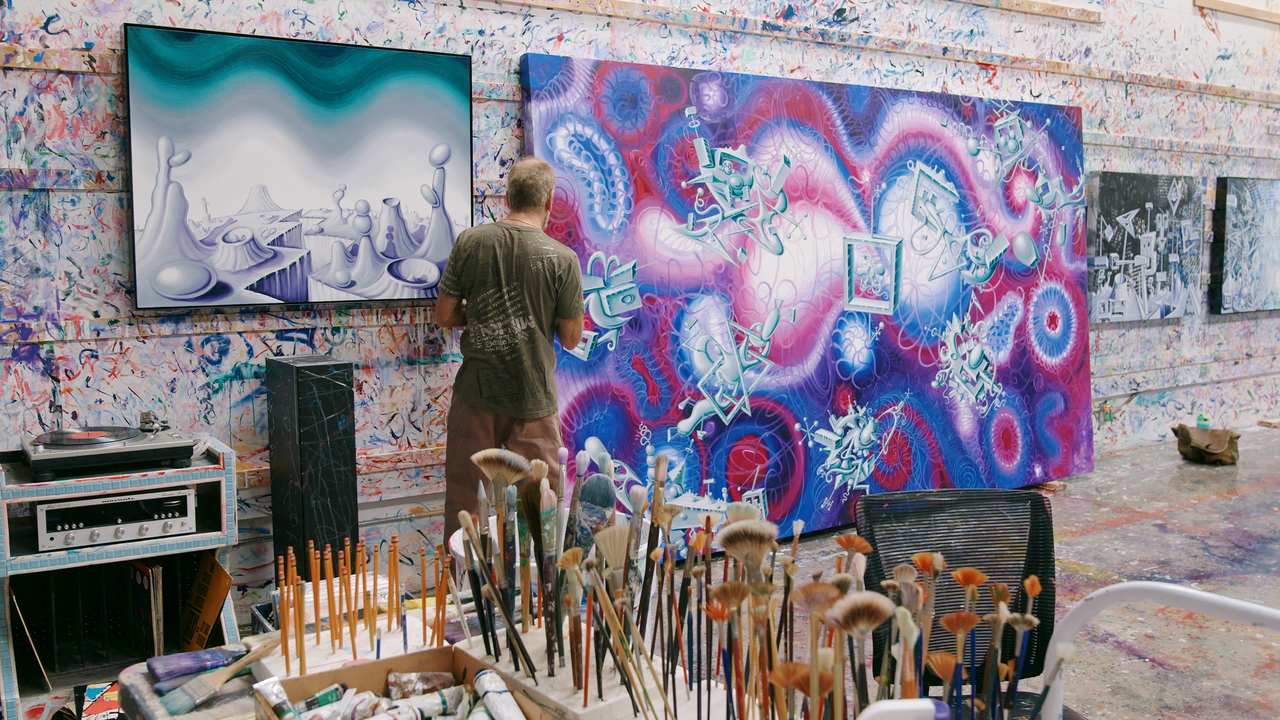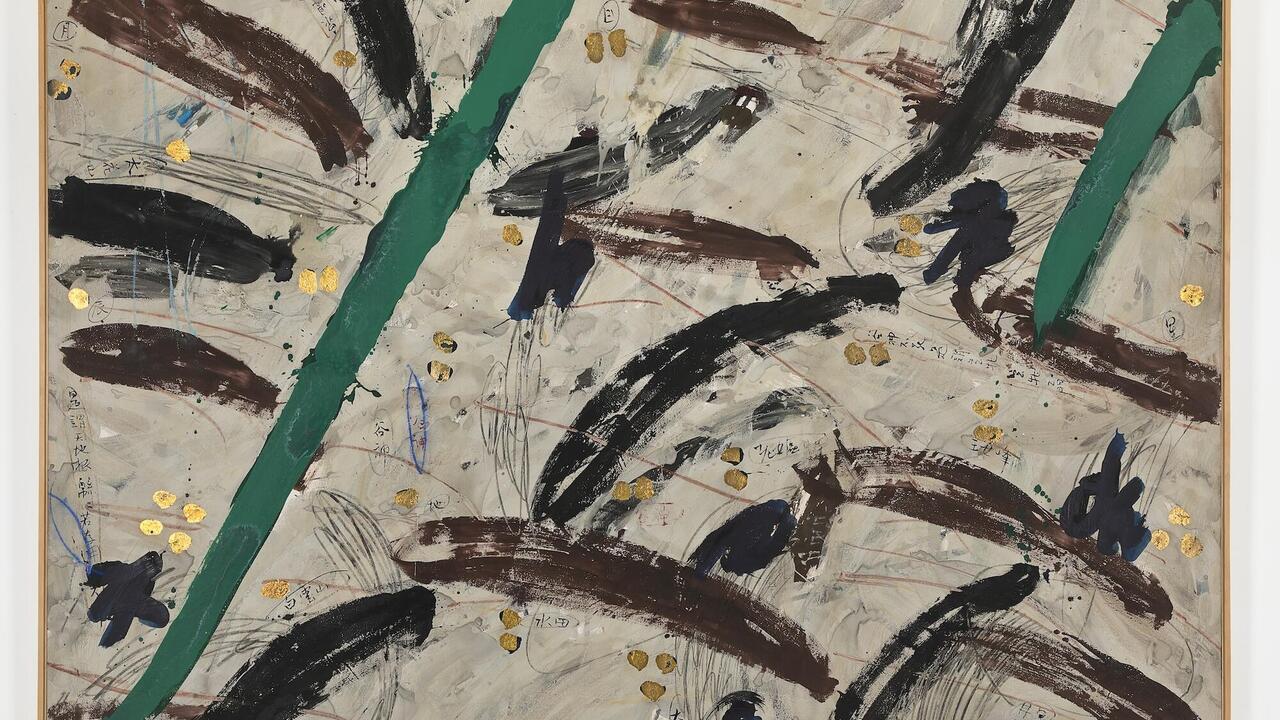Body of Thought
Two new books examine women, dissection and secrets
Two new books examine women, dissection and secrets

In August 1308 the Italian ascetic and visionary Chiara of Montefalco died, surrounded by her fellow nuns, at the monastery of which she was abbess. Just before her death Chiara had rallied: in a fresco painted 25 years later, she is pictured seated and alert, eyes toward heaven. More striking, however, as Katharine Park relates in her grisly and intriguing new book, Secrets of Women, was what happened next. Having resolved to embalm their abbess, four nuns set to work dissecting her body: Chiara’s heart was placed in a box, her viscera deposited in the nearby oratory. The following day, the heart was opened: inside, witnesses said, were found the representations of a cross, a crown of thorns, nails and a lance. On examining the deceased woman’s gallbladder, the monastery’s physician found three stones: emblems, he claimed, of the holy trinity.
Since the 19th century, Park argues, the medieval and early-modern church has been mistakenly caricatured as hostile to the practice of anatomy, and the early proponents of medical dissection – performed by Europe’s universities on the bodies of executed criminals – thus too readily lauded as pioneers of enlightenment. The truth, writes Park, is that several sorts of unofficial anatomy were being practiced in this period, including autopsies carried out at the behest of relatives of the dead, and sectio in mortua: the cutting open of a woman who had just died in childbirth, in order to baptise her baby (who almost never survived). Physicians learned much from such ‘experiments’, though that term had actually yet to acquire its sense of rigour or real discovery.
The most resonant sort of dissection, however, involved the laying bare of a saintly body, as in the case of Chiara. Dead popes, having lain in state naked, were eviscerated in the belief that their bodies contained holy relics. Far from conceiving of the cadaver as a corrupt remnant, says Park, the early modern church thought of bodies, and especially women’s bodies, as the repositories of all manner of precious artefacts. In 1320, the body of Margherita of Città di Castello, a blind woman known to have suffered holy ecstasies, was anatomized; her heart was found to contain ‘three wonderful stones impressed with various images’: pictures of the holy spirit, the holy family and Margherita herself. Two centuries later, the prophet and visionary Elena Duglioli died in Bologna; crowds flocked to see her corpse: ‘they adored it and kissed it like a precious relic, sprinkling it all that morning with fragrant herbs’. On recalling that Elena had claimed to be a virgin who nonetheless lactated, several mourners suckled at her dead breasts. The holy woman had also recounted a vision in which Jesus had removed her heart. When her body was opened, the heart had apparently vanished; in its place was a pallid mass that looked more like a liver.
Secrets of Women is not only a catalogue of such alarming anecdotes; it tells us something about the nature of knowledge and its visual figuring. Parks’ title is an ambivalent one: on the one hand, the idea of ‘women’s secrets’ implies that women ‘had access to knowledge concerning sexuality and generation that men did not, and that they hoarded this knowledge for their own, often unsavoury, purposes’. At the same time, woman herself was a secret: the uterus, Park concludes, was the ultimate anatomical enigma, a kind of camera obscura in which the mystery of bodily being might be pictured. As envisioned in the theory of complexional medicine, the makeup of a man was conditioned by his heart, but a woman was a more intricate machine: the capricious womb influenced all her other organs.
Accordingly, the illustrations that Parks reproduces show two distinct means of representing the flayed body. The masculine body, as in the engravings of Jacopo Berengario’s Commentaries on the Anatomy of Mondino (1521) and countless later examples, disports itself athletically on the page. Berengario’s écorché looks like a preening superhero, carrying his peeled skin as though he’s about to toss it aside. The female figures, by contrast, are all supine, and flayed only to the extent that their genitals are revealed. The message is clear: ‘woman’ is a mystery only in this one aspect; her earlier, holy, ‘secrets’ have been suppressed.
Secrets of Women is a timely companion volume to Marina Warner’s recent Phantasmagoria (2006), a fascinating study of the embodying of spirits and spectres in the ‘haunted media’ of the last two centuries. Warner actually begins her account of the phantomic technologies of photography and cinema with a visit to the church of Corpus Domini, in Bologna, where the mummified and blackened body of Saint Caterina de’ Vigri sits in a reliquary chamber of silver, gold and glass. Disinterred a fortnight after her death in 1463 (her body, it was said, was still pliant and fragrant) and swiftly eviscerated, she is a reminder of unruly anatomies and unofficial experiments: the secret history behind the modern body.
















